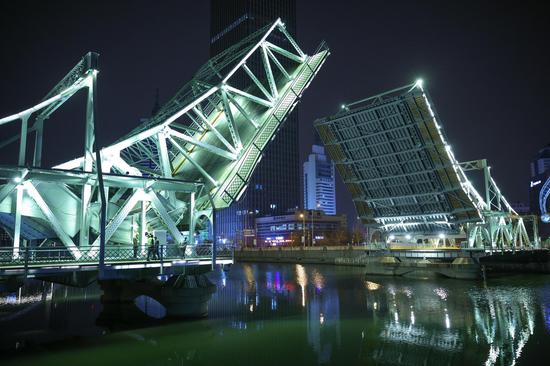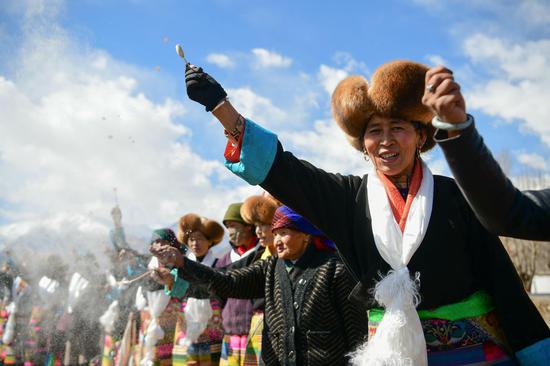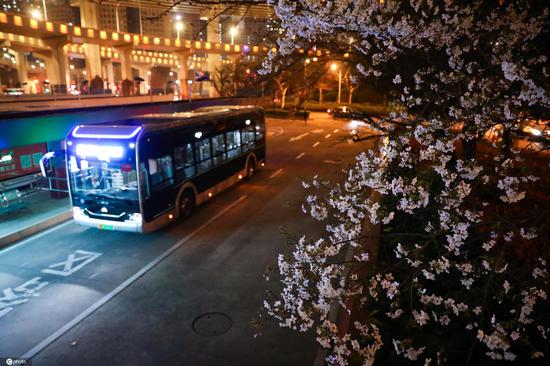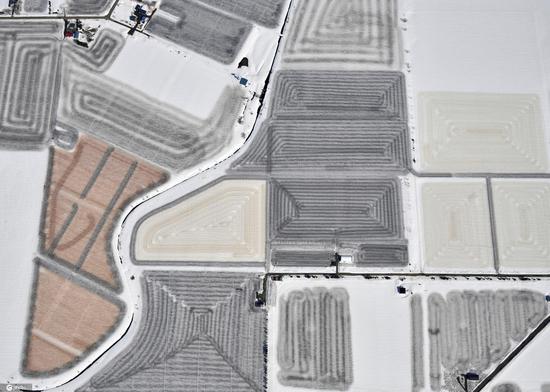
A project that promotes the use of electrically heated beds, a cozy and green alternative for rural residents, has been piloted in Xinjiang's Kashgar prefecture since January.
A large, flat carbon fiber heating element is installed on the surface of the bed to generate warmth, and a switch can be used to adjust the temperature in this modern version of the traditional Chinese kang.
The old-fashioned heated brick kang, consisting of a fireplace with a bedlike appendage and a chimney, is used for heating and cooking, and usually burns coal, straw and other fuel, which produces smoke, dust and even carbon monoxide, and makes it a source of air pollution.
In this case, the electrically heated beds installed in 12 households in Paqir, a village in Shufu county, have managed to provide a greener option for local residents.
Normally, an electrically heated bed can run smoothly for 15 to 20 years. It would use 0.9 kilowatt-hour of electricity every 10 hours, costing roughly 0.2 yuan (3 US cents) per night, according to Li Jiangbo, director of the marketing and service center with the State Grid's electricity supplier in Kashgar prefecture.
Li added that it is estimated that the electricity bill for using a single electrically heated bed over a whole winter heating season would be around 40 yuan.
Mahmut Rahman, a villager in Paqir who has an electrically heated bed, said that he used to burn coal to keep his house warm, which would cost him 1,500 yuan annually.
Saving money
"Since we started to use the electrically heated bed, our electricity bill has been just 13.4 yuan for the past two-and-a-half months," he said.
"It's clean and convenient. After adjusting it to a comfortable temperature, I can then get a good night's sleep."
Li, from the State Grid's electricity supplier in Kashgar prefecture, said the residents of all 12 homes involved in the pilot program have expressed similar praise for the electrically heated beds, and there are plans to extend the program to more households in the prefecture.
He explained that it was possible for more households to use a greater number of electrical appliances since the power grid in the region had been improved.
In 2019, the first phase of the coal-to-electricity project was carried out in northern Xinjiang. State Grid Xinjiang Electric Power Co has invested more than 7.69 billion yuan to upgrade and expand the electricity network in rural areas, making the power supply more reliable, according to the company.


















































